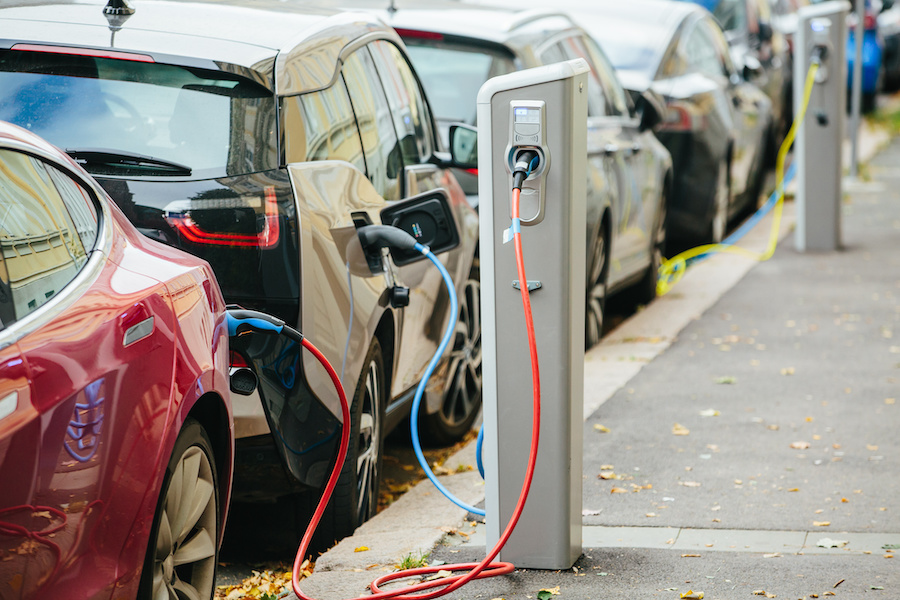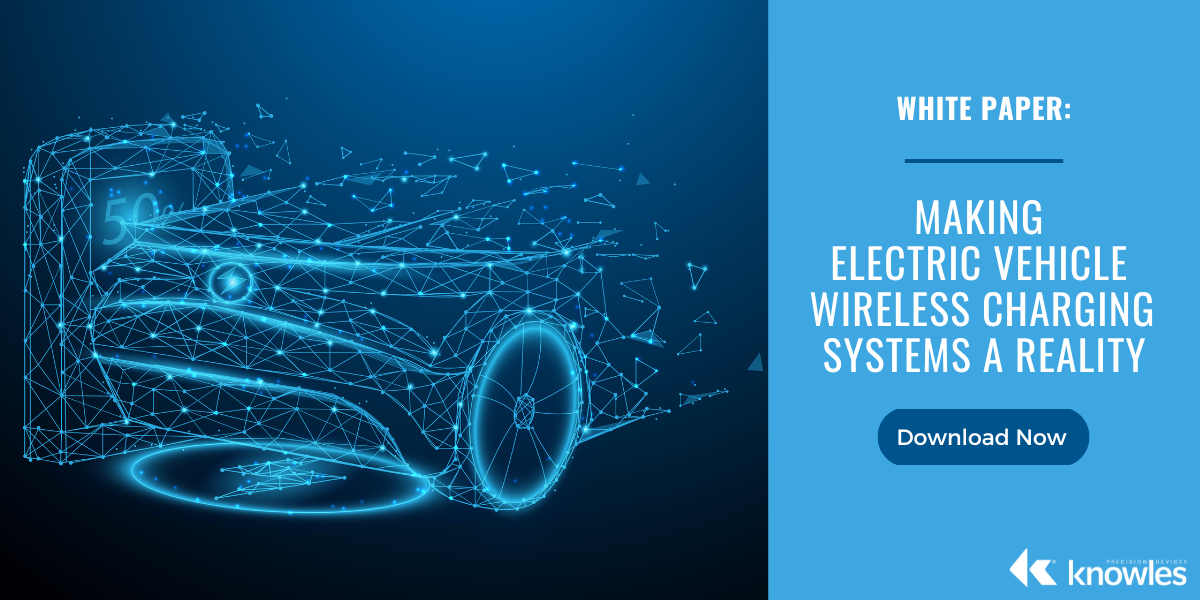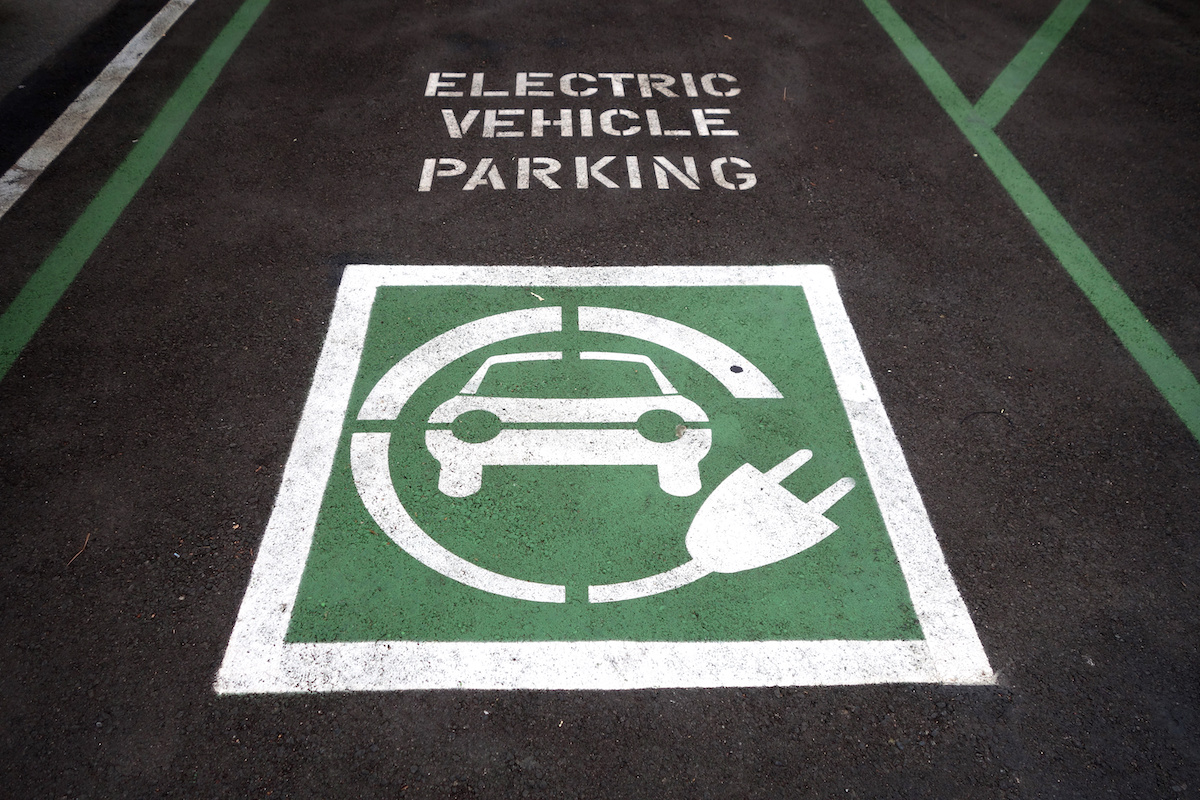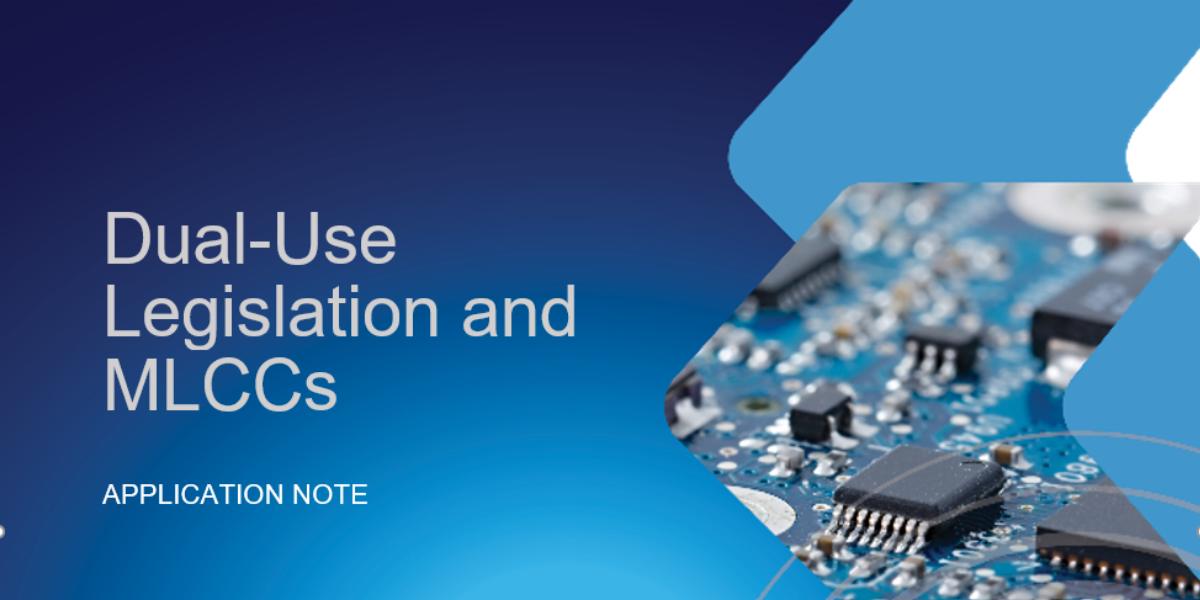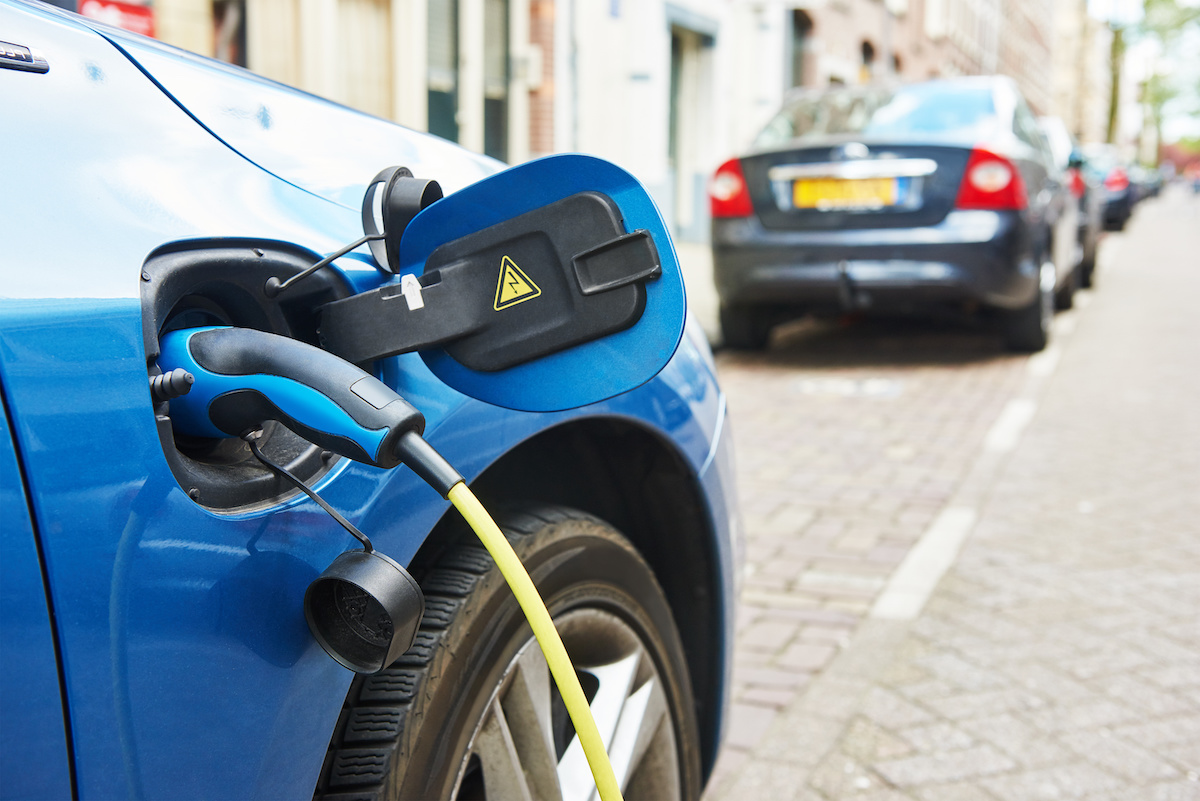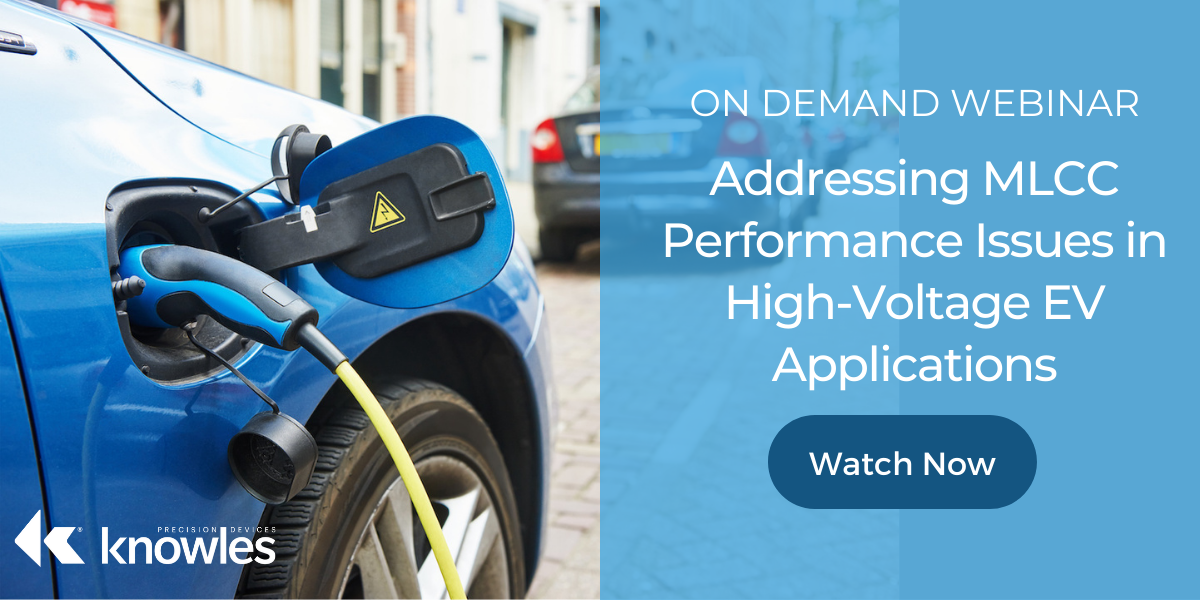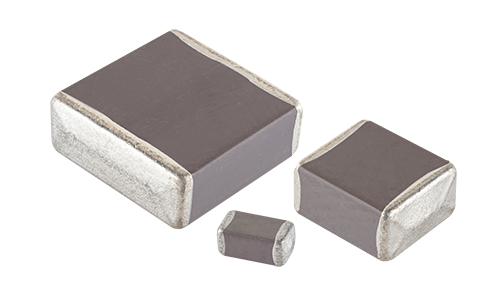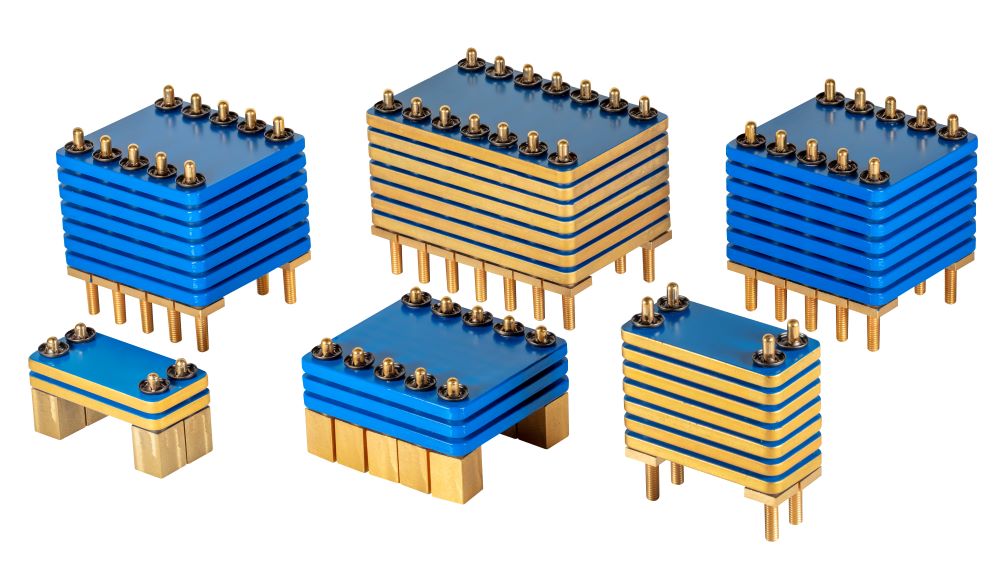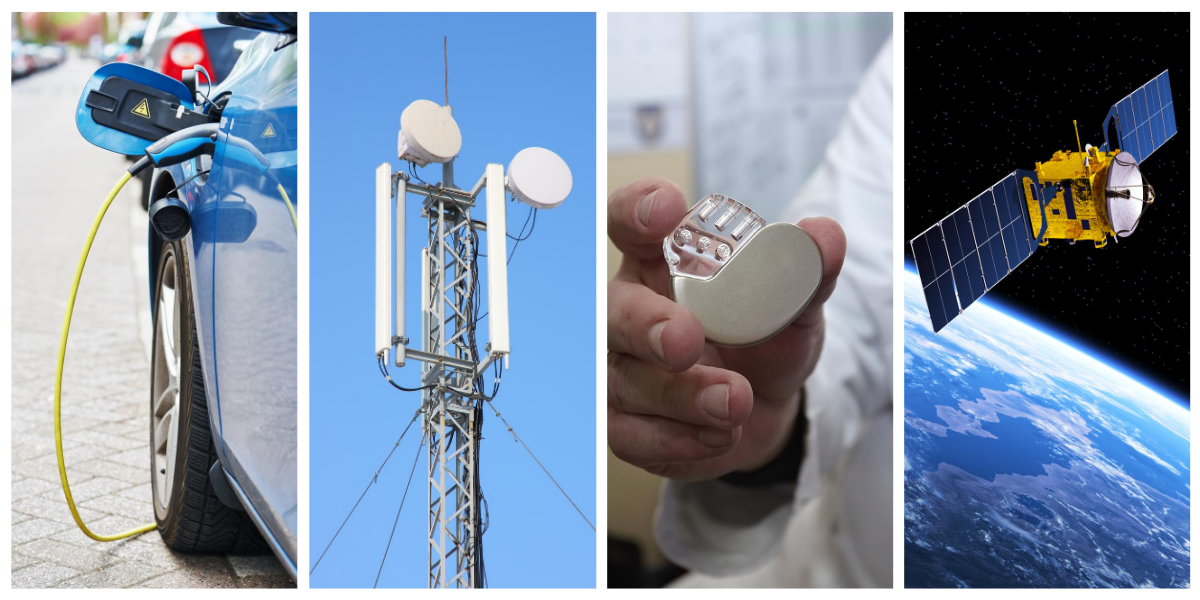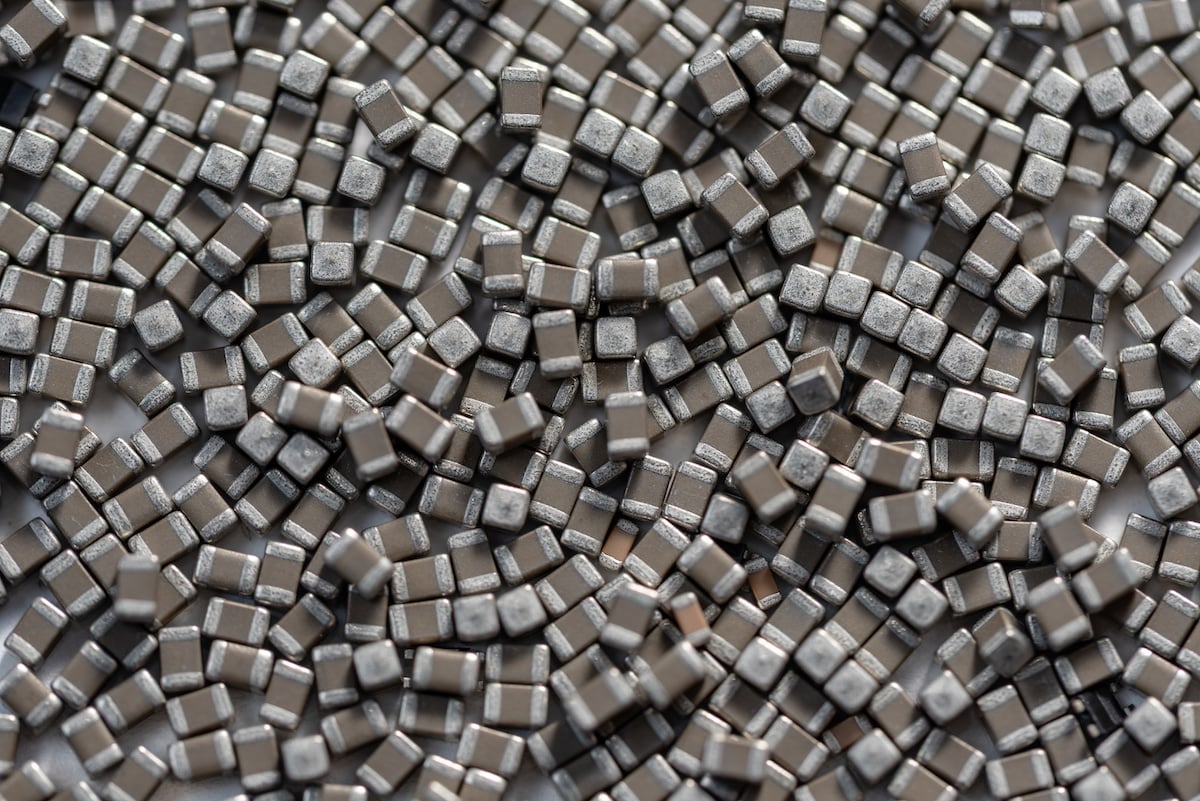According to the U.S. Bureau of Transportation Statistics, electric vehicle (EV) sales in the U.S. reached record high monthly volume in March 2021 and continued to rise, nearly doubling in 2021. This marks the sixth consecutive year of growth in electric vehicle (EV) sales and the demand is continuing to grow.
Topics: Automotive, Electric Vehicles
Resonant Capacitors: Your Key to Building Stable and Reliable Wireless EV Charging Technology
As electric vehicle (EV) adoption for both consumer and commercial purposes rapidly grows, so does the need for a more widespread, and faster, charging infrastructure. While we’ve seen vast improvements in charging technology in the last few years, as additional regulations on combustion vehicles are implemented and reliance on EVs increases, further EV charging innovations are needed. Currently, wireless charging is the newest EV charging technology evolving.
Topics: News and Events, Automotive, Electric Vehicles
Looking Closer at Snubber Capacitors in Electric Vehicles
In a previous article about electric vehicles (EV), we talked about using DC link capacitors as an intermediary buffer in power converters. Today’s topic covers another useful power module component – the snubber capacitor. Snubbers are energy-absorbing circuits used to protect electronics from voltage spikes and transients caused by turning a switch from the On to Off state. Opening a switch intrinsically induces a high voltage across the device, and the snubber provides an alternate flow path for the excess energy to be absorbed by the snubber capacitor and dissipated by a resister or other load.
Topics: Capacitor, Automotive, Electric Vehicles
Are You at Risk of Violating International Dual-Use Export Laws?
Today, many electrical systems are demanding higher operating voltages and temperatures, along with higher capacitance values – particularly in the fast-growing area of power electronics for electric vehicles (EVs). Therefore, electrical design engineers are looking to use multilayer ceramic capacitors (MLCCs) in these applications due to their inherent low inductance and wide operating temperature range.
Topics: Capacitor, Electric Vehicles
Looking Closer at Filter Capacitors in Electric Vehicles
In electric vehicle (EV) applications, filter capacitors are a special type of component commonly used as input and output capacitors. Also known as noise suppression or electromagnetic interference (EMI) filters, these particular capacitors act to remove noise and other unwanted signals on the line. On the high voltage alternating current (AC) side of a system, the capacitors often provide EMI filtering, whereas on the direct current (DC) side of a subsystem, they serve to smooth ripple components of the AC and filter out noise.
Topics: Capacitor, Automotive, Electric Vehicles
Webinar: Addressing MLCC Performance Issues in High-Voltage EV Applications
In recent years, multilayer ceramic capacitors (MLCCs) have emerged as an excellent capacitor option for the high-power electrical systems needed in electric vehicle (EVs) due to their small physical size, low inductance, and ability to operate at higher temperatures. However, EV engineers are facing two big challenges with using MLCCs including DC bias that can cause capacitance loses of 80 to 90 percent of their quoted value and self-heating issues from AC ripple that can lead to inefficiencies in circuits as well as increased cooling demands.
Topics: Capacitor, News and Events, Electric Vehicles
New Low Loss, Ultra Stable High-Capacitance MLCCs for Power Electronics
Many power electronics today are being designed for use in high-temperature, high-voltage environments, such as inside electric vehicles (EVs). However, size, weight, and power (SWaP) are also key factors driving electronic product development. These conflicting design criteria are an issue for many electrical engineers because space is not available to simply add a cooling system, as this will add weight and increase the product’s overall footprint. Therefore, many of these electronic components are susceptible to “running hot” at the high temperatures and high voltages used in these tiny spaces.
Topics: Capacitor, Electric Vehicles, High Reliability
Achieving high capacitance means going big. But how do you do that while still maximizing board space? At Knowles Precision Devices, we’ve developed a new method for building customizable large capacitor assemblies that capitalize on the vertical space above the circuit board. While stacked capacitor assemblies have been around for many years, these parts do not have very good bump and vibration withstand due to the thin leads used in their construction. These new assemblies from Knowles Precision Devices offer a ruggedized construction capable of withstanding high levels of shock and vibration. This offers a unique combination of capability, durability, high capacitance, and very high voltage in a smaller area, making these capacitors ideal for automotive, military, and aerospace applications.
Topics: Capacitor, Automotive, Military and Aerospace, Electric Vehicles, High Reliability
At Knowles Precision Devices, we purposely avoid commodity components. What we thrive on is doing the hard things. We handle the specialty components that go in systems that cannot fail and that operate at extremely high voltages, temperatures, or frequencies. Do you have a complex technical challenge with hard-to-meet performance, size, or other requirements? Bring it to us. It’s what we do.
Topics: RF and Microwave, Military and Aerospace, Medical, Telecom, Electric Vehicles, High Reliability
Supporting EV Battery Innovation with the Highest Voltage AEC-Q200 MLCCs
To meet consumer demand for longer driving ranges and faster charging, electric vehicle (EV) manufacturers are redesigning vehicles to move from 400V to 800V battery systems. As a result of using higher operating voltages, EV designers and original equipment manufacturers (OEMs) need components, such as multi-layer ceramic capacitors (MLCCs), that can withstand voltages well beyond those expected under normal operating conditions. For example, a drivetrain running off an 800V battery system may be subjected to a withstand test of up to 4kV DC for 60 seconds, which is a standard safety test in high voltage systems.
Topics: Capacitor, Automotive, Electric Vehicles

